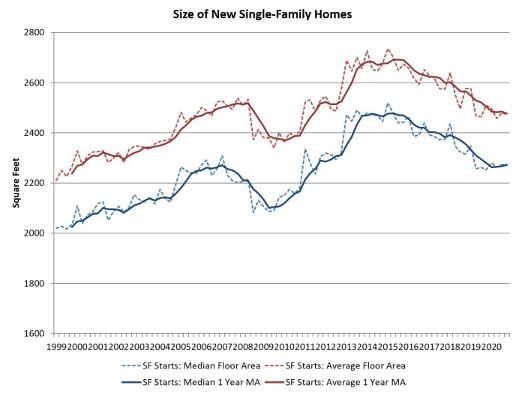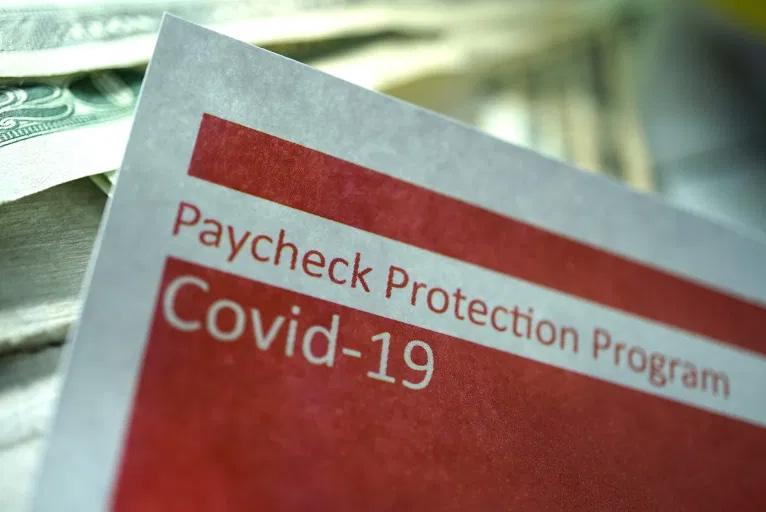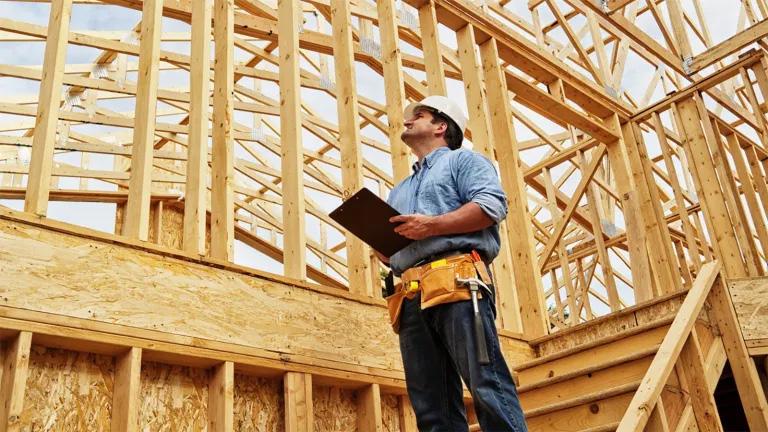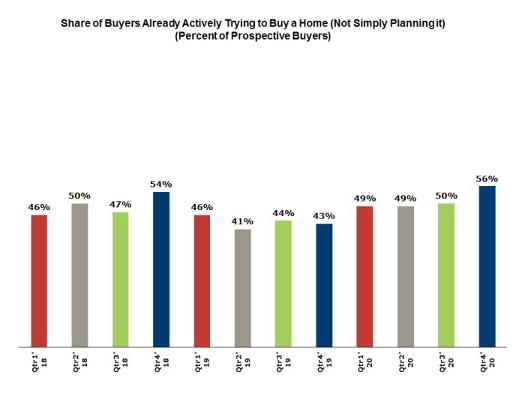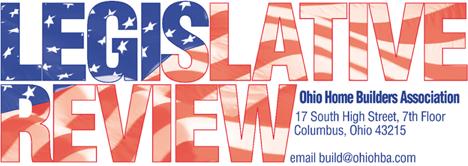
3 minute read
Construction
CONSTRUCTION HEADWINDS
Pick Up in January
Housing production softened in January as rising lumber prices continue to affect the housing industry. Overall housing starts decreased 6% percent to a seasonally adjusted annual rate of 1.58 million units, according to data from the U.S. Department of Housing and Urban Development and the U.S. Census Bureau.
The January reading of 1.58 million starts is the number of housing units builders would begin if development kept this pace for the next 12 months. Within this overall number, single-family starts decreased 12.2 percent to a 1.16 million seasonally adjusted annual rate. The multifamily sector, which includes apartment buildings and condos, increased 17.1 percent to a 418,000 pace, well ahead of the NAHB forecast.
Despite ongoing solid homebuyer traffic, the weakness in housing starts in January is consistent with recent softening of the NAHB/Wells Fargo Housing Market Index (HMI). Builders report concerns over increasing lumber and other construction costs and delays in obtaining building materials. Rising interest rates will also erode housing affordability in 2021, as inventories of existing homes remain low. Builders also reporting growing concerns about a more challenging regulatory environment that could limit land development volume. The NAHB forecast includes some weakening for single-family home building at the start of 2021, with a return to the long-run post-Great Recession trend as the year progresses.
It is also worth noting that the number of single-family homes permitted but not started construction jumped to 114,000 units in January. This is 9.6 percent higher than December and 28.1 percent higher than a year ago, as building material cost increases and delays slow some home building.
BY ROBERT DIETZ
As an indicator of the economic impact of housing, there are now 620,000 single-family homes under construction. This is 16.1% higher than a year ago. There are currently 660,000 apartments under construction, off a post-Great Recession high mark set in August (683,000).
On a regional basis compared to the previous month, combined single-family and multifamily starts are 2.3 percent higher in the Northeast, 12.3 percent lower in the Midwest, 2.5 percent lower in the South and 11.4 percent lower in the West.
As a sign of solid housing demand, overall permits increased 10.4 percent to a 1.88-million-unit annualized rate in January. Single-family permits increased 3.8 percent to a 1.27-million-unit rate. Multifamily permits increased 27.2 percent to a 612,000 pace. Looking at regional permit data compared to the previous month, permits are 39.3 percent higher in the Northeast, 0.8 percent lower in the Midwest, 8.3 percent higher in the South and 11.7 percent higher in the West.
For the volatile apartment development data, multifamily starts (2+ unit production) posted an increase of 17.1 percent in January to a strong 418,000 annual rate compared to the previous month. On a year-over-year basis, multifamily unit production is down 33.4 percent. Multifamily permitting surged in January, responded to a declining unemployment rate and improved vaccination. The January permitting rate of 612,000 on an annualized basis was the highest in the post-Great Recession period and 9.5% higher than a year ago. This multifamily development strength is well above the NAHB 2021 apartment forecast.
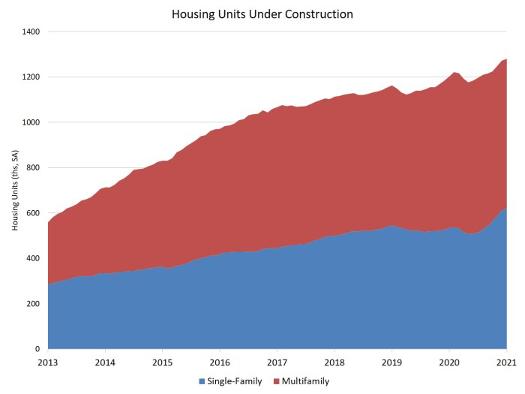
NAHB members
could save with a special discount from GEICO









www.geico.com/disc/nahb
Some discounts, coverages, payment plans, and features are not available in all states, in all GEICO companies, or in all situations. GEICO contracts with various membership entities and other organizations, but these entities do not underwrite the offered insurance products. Discount amount varies in some states. One group discount applicable per policy. Coverage is individual. In New York a premium reduction may be available. GEICO may not be involved in a formal relationship with each organization; however, you still may qualify for a special discount based on your membership, employment or affi liation with those organizations. GEICO is a registered service mark of Government Employees Insurance Company, Washington, DC 20076; a Berkshire Hathaway Inc. subsidiary. GEICO Gecko image © 1999–2020. © 2020 GEICO

